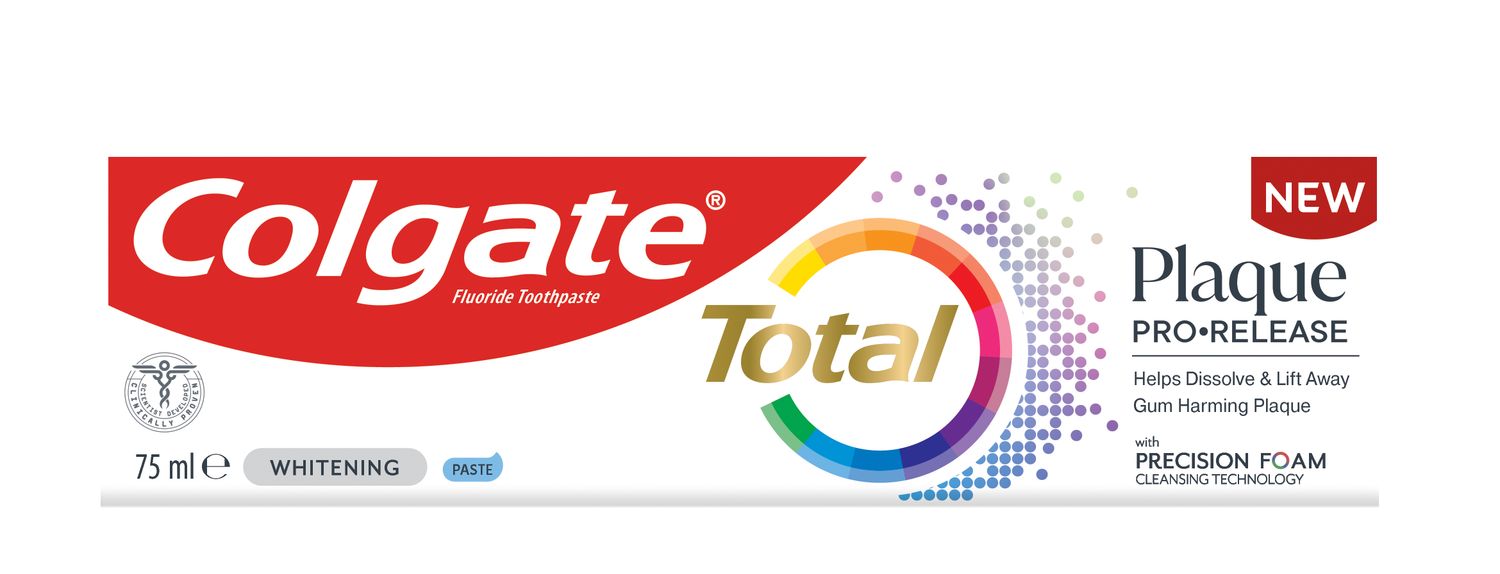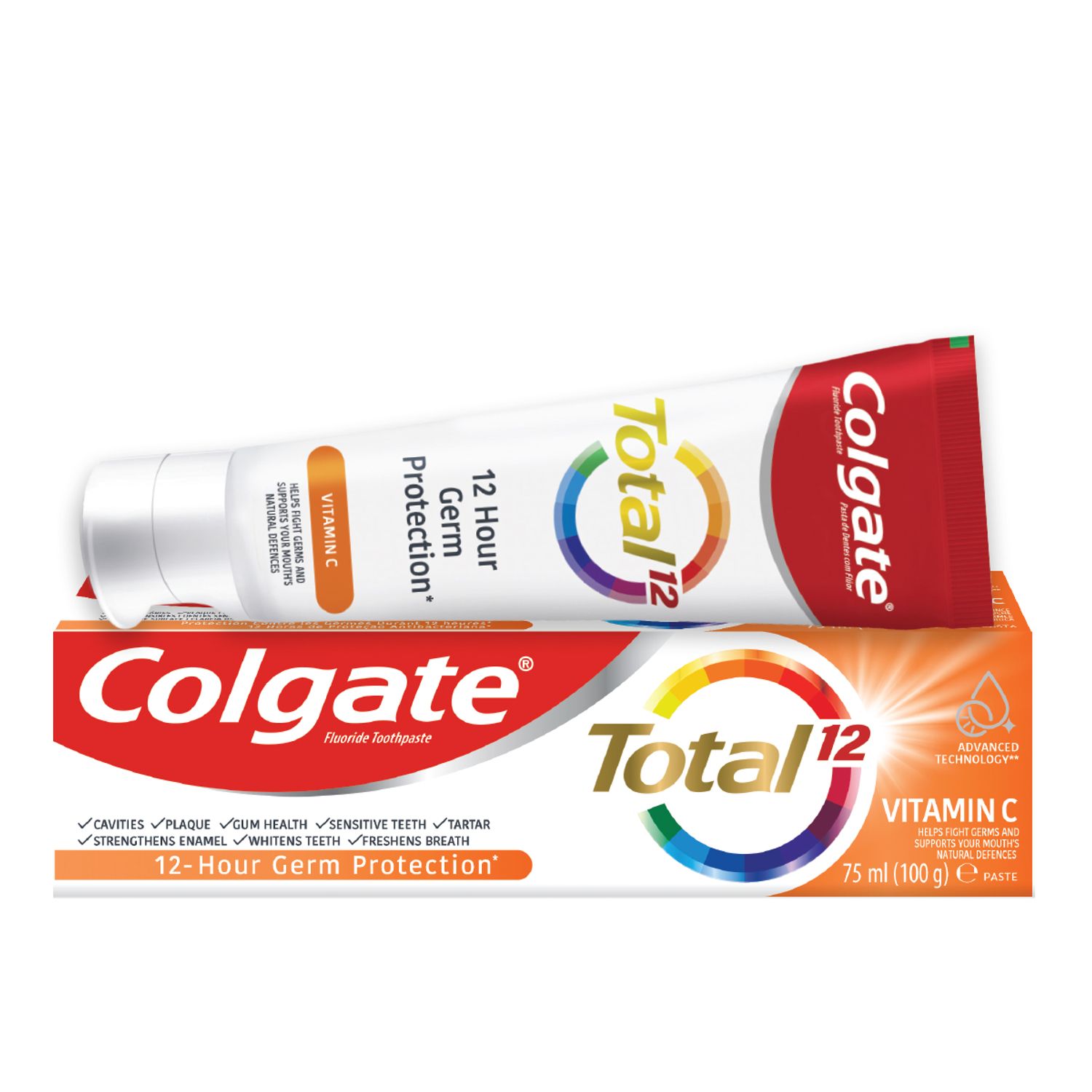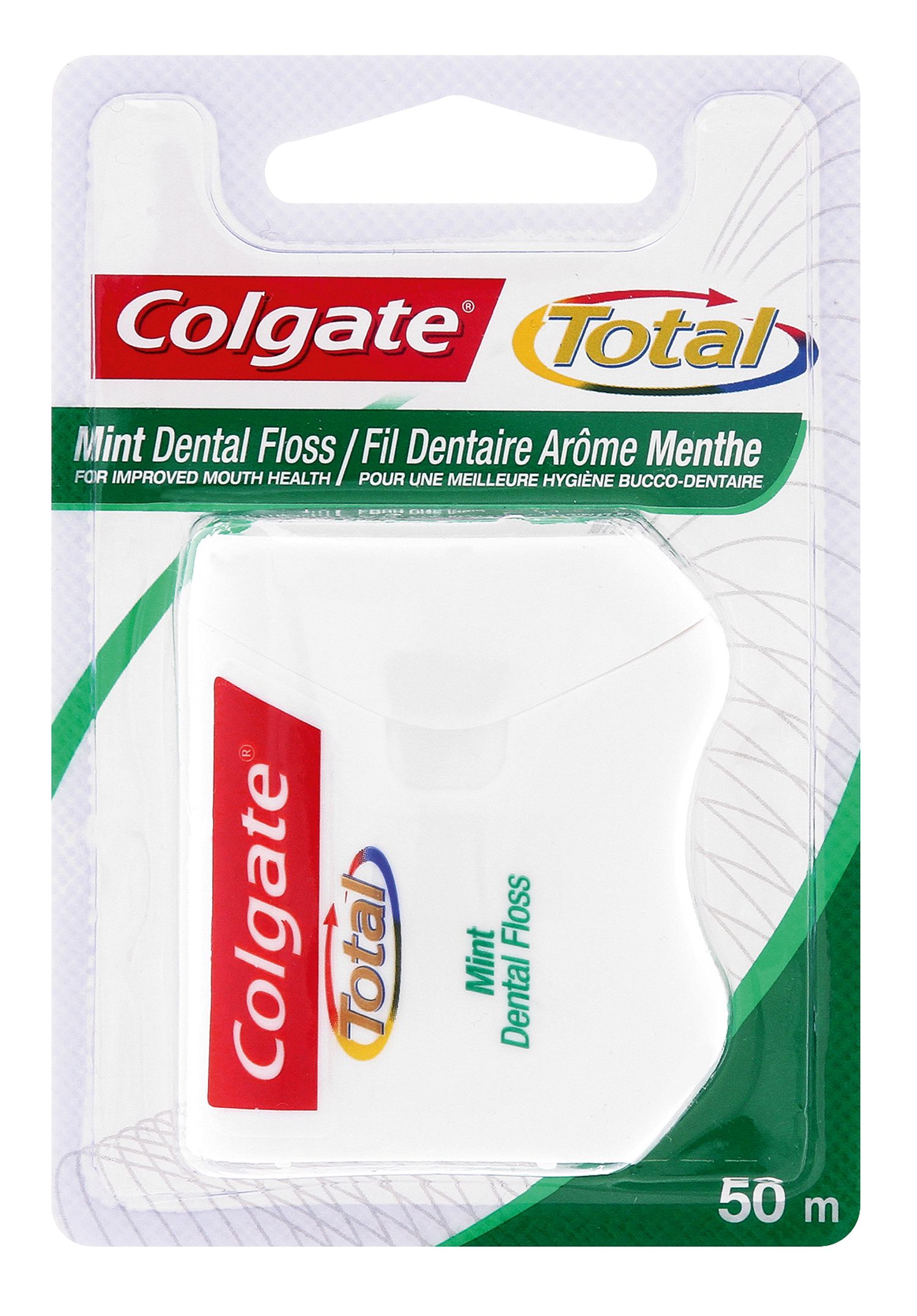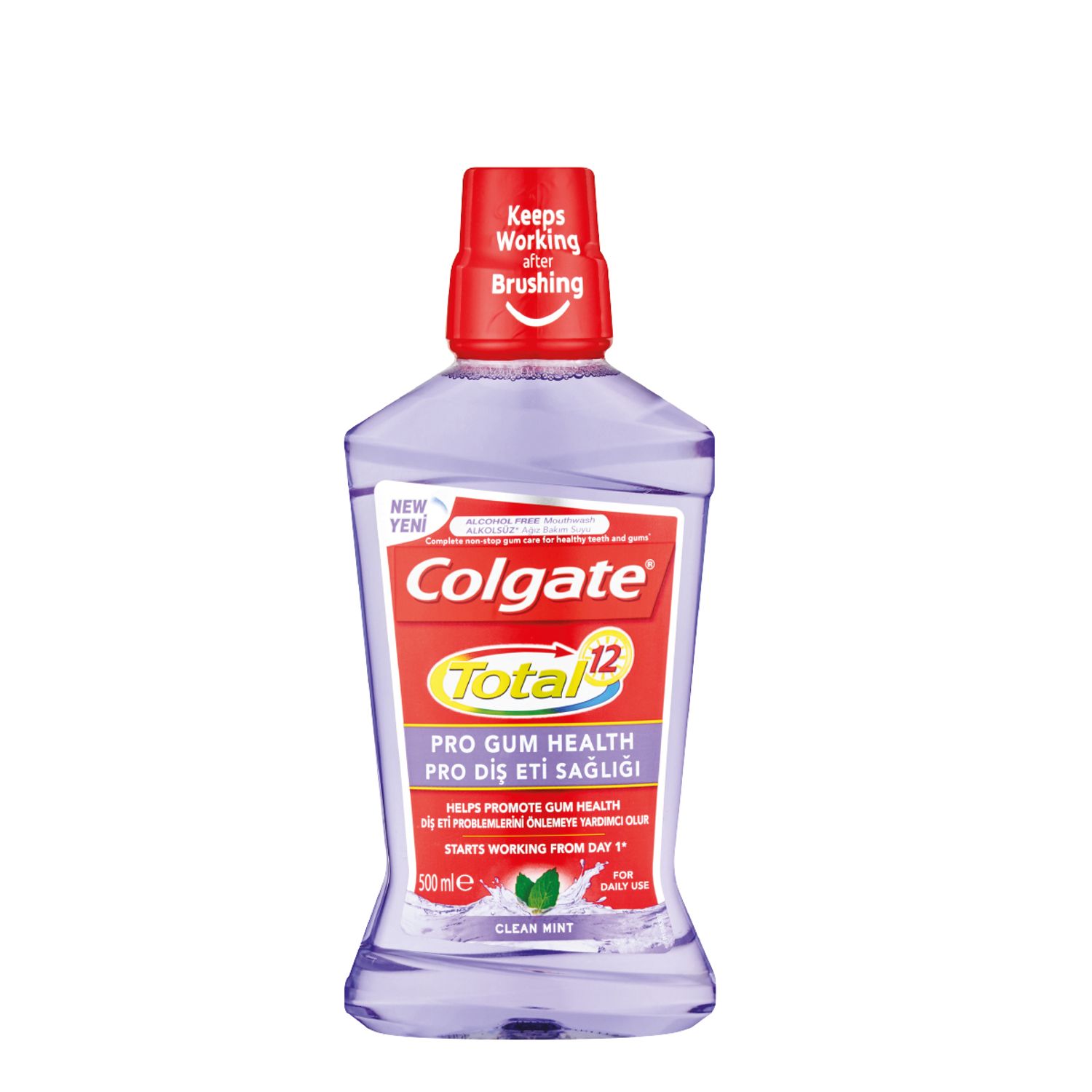-
-

CAVITIES
Can You Heal A Cavity At Home?You feel a sharp pain when you bite down or try to eat. You think it's a cavity, but you're not 100 percent sure...

BAD BREATH
How To Cure Bad BreathMore commonly known as bad breath, halitosis is an embarrassing hygiene issue that nobody wants, but some of us get every now and then...
-
Science & Innovation
- Colgate® | Toothpaste, Toothbrushes & Oral Care Resources
- Oral Health
- What is Tooth Enamel?


Have you ever wondered about tooth enamel? What exactly is it? How important is it? How can you protect it? Here are the answers to all your questions on enamel.
The enamel on your teeth is the hardest and most highly mineralised substance in your body. It covers the outer layer of each tooth and is the most visible part of the tooth. Enamel is made up mostly of minerals, primarily hydroxyapatite. The colour can vary from light yellow to a greyish white; since it is semi-translucent, enamel is only partially responsible for the colour of your teeth.
As enamel plays a major role in protecting your teeth from cavities, you should do everything in your power to prevent it from eroding. Enamel forms a strong barrier that protects the inner layers of your teeth from the effects of acids and plaque; it also protects the sensitive inner layers of your teeth from foods and beverages that are very hot or very cold.
When enamel is destroyed, your body does not produce more to replace it. Unlike other parts of your body – such as bones, for instance – enamel does not contain any living cells, so it cannot regenerate.
You can protect your enamel by avoiding foods that are known to cause a lot of damage. Sugary foods and drinks, together with acidic fruits and beverages, are among the most damaging to your tooth enamel. When those substances stick to your teeth and interact with germs in your mouth, lactic acid is produced and can damage your enamel. Avoid these foods when you can. If you do consume them, remember to rinse your mouth with water first, then brush thoroughly.
Very hard foods, like hard candy or ice cubes, can also damage your enamel by causing it to crack or chip. As such, these foods should also be avoided. If you do indulge in hard candy, suck on it rather than biting down on it.
Of course, you can also protect your enamel by practising good oral hygiene habits and visiting your dental professional for regular professional cleanings.
Enamel is an important substance that deserves to be taken care of and protected as part of good oral hygiene. You can learn more about tooth anatomy in the Colgate Oral Care resources.
Related Products

Helping dental professionals
More professionals across the world trust Colgate. Find resources, products, and information to give your patients a healthier future











